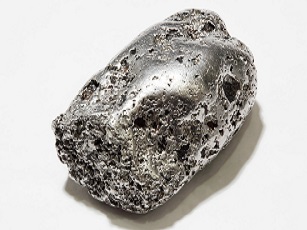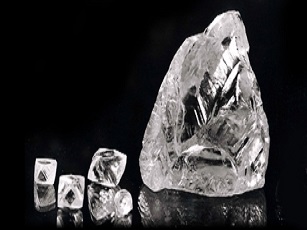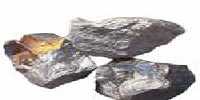Rubidium Mining
RUBIDIUM:
Rubidium is an abundant element, as abundant as zinc and even more so than copper in the Earth's crust. It bears significant resemblance to cesium, sometimes even replacing cesium in certain applications.
ORES:
Rubidium is not a prevalent component in any mineral ore; instead, it occurs as an impurity in most ores. The primary ores from which commercial production of rubidium is conducted are pollucite ore, which contains cesium, and lepidolite ore, which contains lithium.
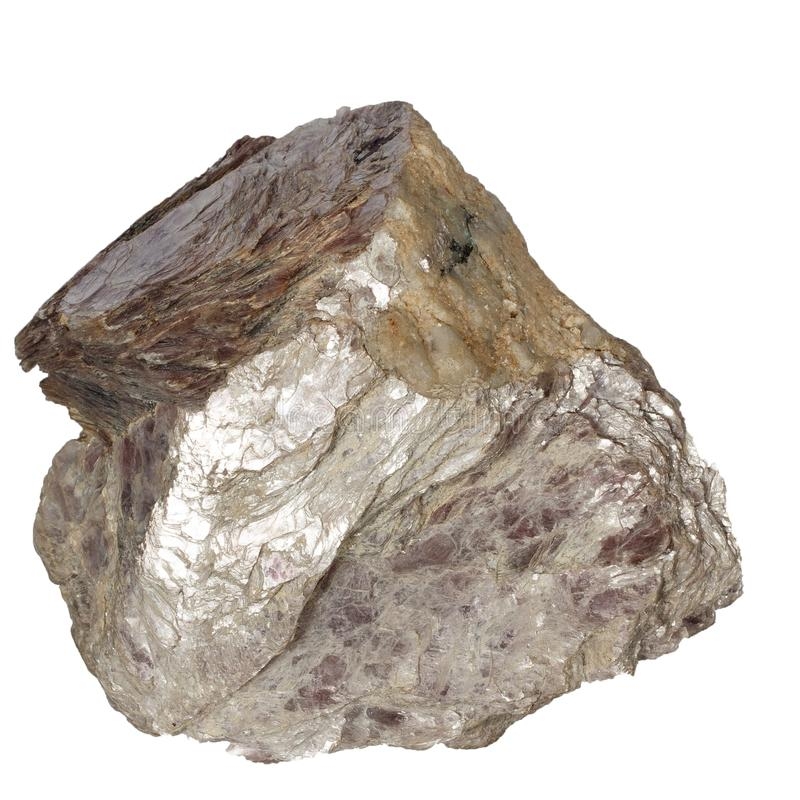
MINING:
The mining of rubidium-containing ores is usually carried out by open-pit surface mining and, in some rare cases, underground mining. Open-pit surface mining is conducted where the ore is close to the Earth's surface. It is less expensive than underground mining and requires only a limited number of laborers. The mine pit is excavated with steps and walls to facilitate mineral extraction.
In-pit ramps are constructed in the mines to transport ores, water, laborers, equipment, and waste from the mines to the surface. A designated area for collecting tailings is excavated inside the quarry, which is often filled with toxic sulfur extracts from the mine. Ore extraction in the quarry involves drilling, blasting, ore transportation, milling, and final processing. The collected ores are typically processed near the pits. Open pits are commonly utilized in the extraction of rubidium-containing ores.
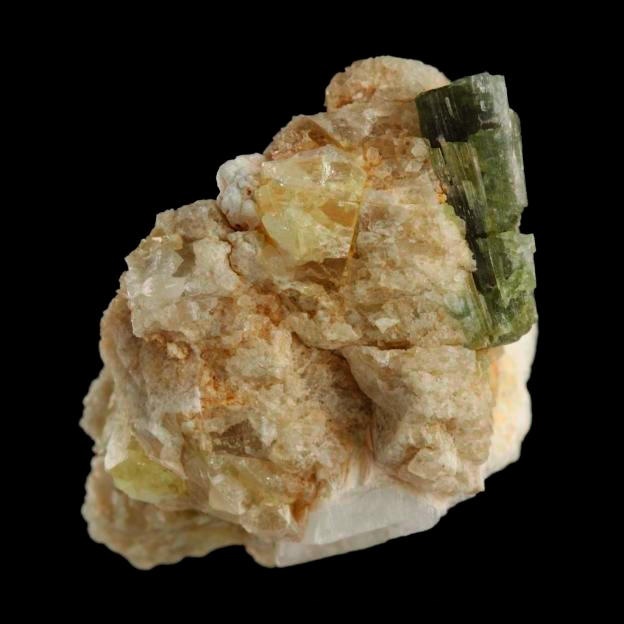
The world's largest rubidium-producing Tanco mine uses open-pit mining for its ore extraction. Underground mining is primarily employed when ores are deeper, typically more than 100 meters from the surface, and when they are rich in quality and quantity. However, underground mining is much more expensive than open-pit mining. The initial step in this process involves analyzing the size, abundance, and quality of the ore, as well as the surface area, rocks, and geometry of the area.
Mining begins by digging a tunnel using machinery and manual labor. A shaft is constructed near the tunnel to transport ores, water, labor, and waste from the surface to inside the tunnel. The shaft also provides ventilation for the tunnel, as the deeper the tunnel, the less air circulation there is. Wastage produced in underground mining is minimal compared to open-pit mining. However, underground mining poses risks to both laborers and the labor itself. This mining technique is not employed until various conditions are met.
PROCESSING AND EXTRACTION:
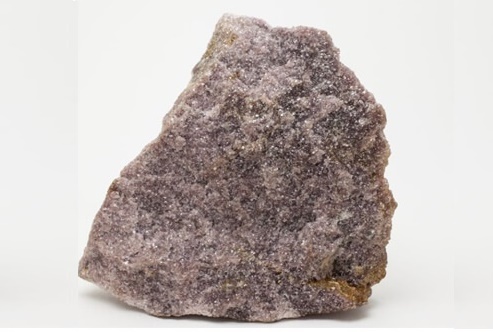
The excavated ores containing rubidium are collected and milled. Milling breaks down the larger ore particles into smaller ones. The milled ores are then crushed to further reduce the size of the particles, making them capable of dissolving in a solution. The crushed ore is collected in a pit and dissolved in strong concentrated acids to separate the elements from the ores as salts.
The elemental salts are precipitated, and the resulting salts undergo fractional crystallization to produce caesium alum ((Cs, Rb)Al(SO4)2.12H2O). Fractional crystallization of caesium alum is repeated to separate the compounds by their solubility. After several repetitions, pure caesium alum is obtained. Finally, rubidium is extracted from caesium alum by reduction.Rubidium is extracted in countries such as Canada, Italy, Namibia, and Zimbabwe.
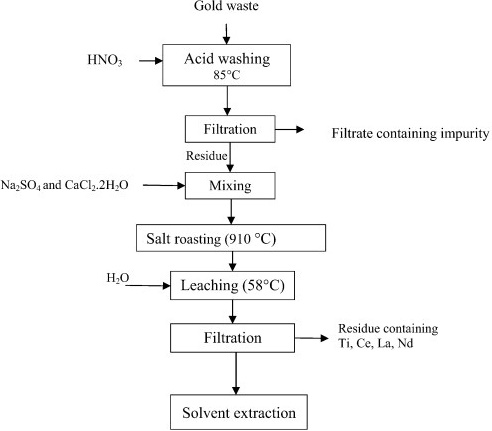
DEFINITION:
Rubidium is a chemical element with the symbol Rb and atomic number 37. It is a soft, silvery-white metallic element belonging to the alkali metal group. Rubidium is very soft and extremely reactive, with properties similar to other elements in group 1, such as rapid oxidation in air. Its compounds find applications in various chemical and electronic fields.
APPLICATION:
Rubidium is easily ionized, making it suitable for use in ion engines for space vehicles.
Rubidium compounds are occasionally used in fireworks to impart a purple color to them.
Related Mining

